Home>Gardening & Outdoor>Outdoor Structures>How To Cover A Shed With A Tarp
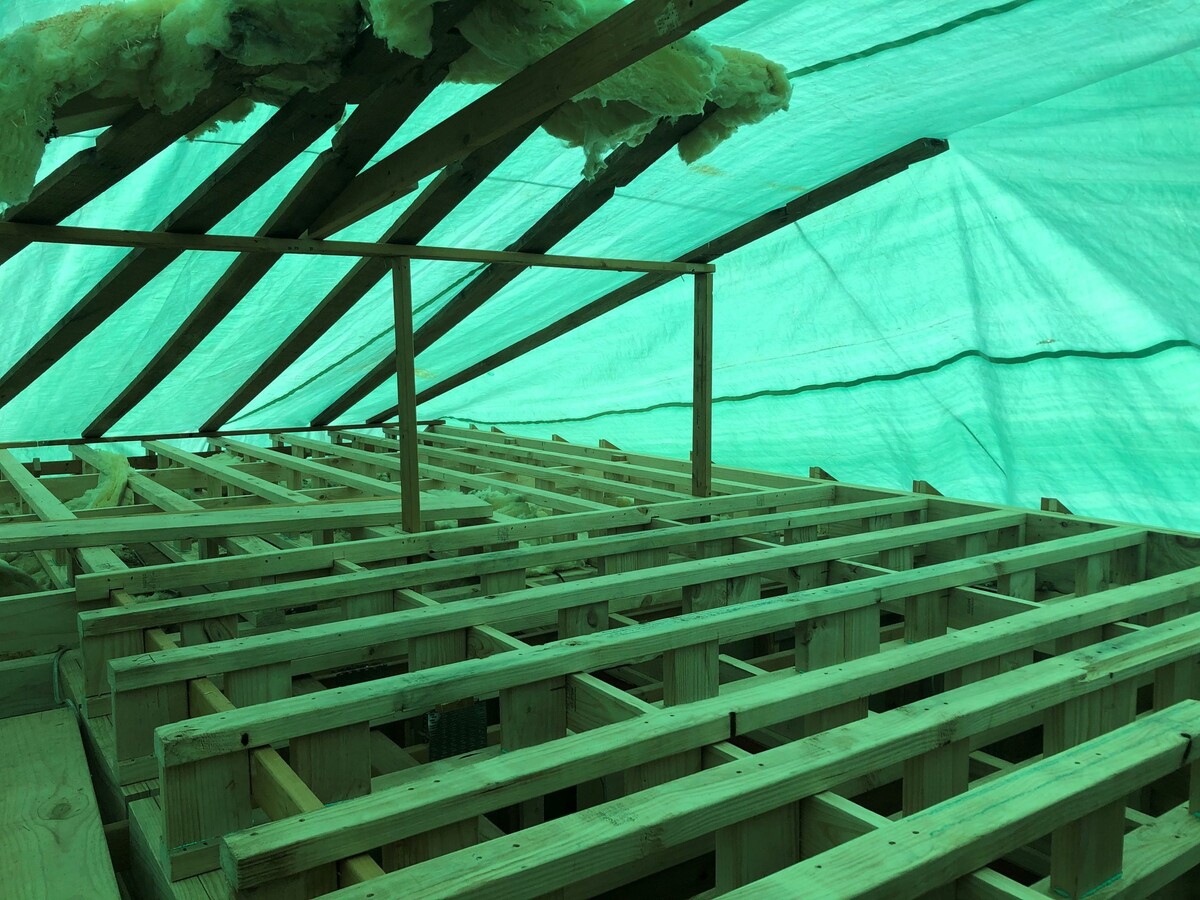

Outdoor Structures
How To Cover A Shed With A Tarp
Modified: March 2, 2024
Learn how to effectively cover your outdoor structures with a tarp to protect them from the elements. Discover the best techniques for securing tarps on sheds and other outdoor spaces.
(Many of the links in this article redirect to a specific reviewed product. Your purchase of these products through affiliate links helps to generate commission for Storables.com, at no extra cost. Learn more)
Introduction
When it comes to protecting your shed from the elements, using a tarp can be an effective and affordable solution. Whether you’re dealing with a leaky roof, damaged siding, or simply want to shield your shed from harsh weather conditions, covering it with a tarp can provide temporary or even long-term protection.
However, it’s essential to cover a shed with a tarp correctly to ensure that it effectively safeguards the structure. In this comprehensive guide, we’ll walk you through the process of choosing the right tarp, preparing the shed for tarp coverage, and securing the tarp to withstand wind, rain, and snow. Additionally, we’ll provide valuable tips to maximize the effectiveness of your tarp coverage.
By the end of this article, you’ll have the knowledge and confidence to expertly cover your shed with a tarp, extending its lifespan and maintaining its functionality and appearance.
Key Takeaways:
- Choose the right tarp material, size, and color to protect your shed effectively. Consider durability, weather conditions, and shed dimensions for optimal coverage.
- Prepare and secure your shed before tarp installation to ensure long-lasting protection. Clean, inspect, and secure the tarp for reliable defense against the elements.
Read more: How To Cover My Patio With A Tarp
Choosing the Right Tarp
Before covering your shed with a tarp, it’s crucial to select the right type and size to ensure optimal protection. Here are the key factors to consider when choosing a tarp:
- Material: Tarps are available in various materials, including polyethylene, canvas, and vinyl. Polyethylene tarps are lightweight, waterproof, and cost-effective, making them ideal for temporary shed coverage. Canvas tarps, on the other hand, are breathable and provide UV protection, making them suitable for long-term use. Vinyl tarps offer exceptional durability and are resistant to tears and abrasions, making them a great choice for heavy-duty shed protection.
- Size: Measure the dimensions of your shed to determine the appropriate tarp size. Ensure that the tarp is large enough to cover the entire roof and sides of the shed with some overhang for secure coverage.
- Color: Consider the tarp’s color based on your specific needs. Dark-colored tarps absorb heat and may accelerate snow melting in colder climates, while light-colored tarps reflect sunlight, reducing heat buildup in warmer regions.
- Grommets and Reinforcements: Look for tarps with reinforced edges and rust-resistant grommets spaced at regular intervals. These features facilitate secure anchoring and prevent tearing or stretching during tarp installation.
By carefully evaluating these factors, you can choose a tarp that aligns with your shed’s protection requirements and environmental conditions, ensuring reliable and effective coverage.
Preparing the Shed
Properly preparing your shed before applying the tarp is essential to ensure a secure and effective coverage. Follow these steps to prepare the shed for tarp installation:
- Clean the Surface: Thoroughly clean the roof and sides of the shed to remove any dirt, debris, or mildew. Use a brush or pressure washer to ensure the surface is free from any obstructions that could compromise the tarp’s adhesion.
- Inspect for Damage: Check for any existing damage to the shed, such as loose shingles, protruding nails, or sharp edges. Repair any issues to create a smooth and safe surface for tarp application.
- Address Drainage: Ensure that the shed’s drainage system is functioning optimally to prevent water accumulation. Clear gutters and downspouts to facilitate proper water flow and minimize the risk of water pooling on the tarp.
- Apply Protective Coating: Consider applying a protective coating, such as a sealant or waterproofing solution, to the shed’s surface for added moisture resistance. This extra layer of protection can enhance the tarp’s effectiveness in shielding the shed from rain and moisture.
By investing time in preparing the shed, you can create a suitable foundation for tarp installation, prolonging the tarp’s lifespan and maximizing its ability to safeguard the shed against environmental elements.
When covering a shed with a tarp, make sure to secure the tarp tightly to prevent it from flapping in the wind. Use bungee cords or ropes to tie down the tarp securely to the shed.
Securing the Tarp
Once you’ve chosen the right tarp and prepared the shed, it’s time to securely fasten the tarp to ensure reliable protection. Follow these steps to properly secure the tarp over your shed:
- Positioning the Tarp: Carefully drape the tarp over the shed, ensuring that it adequately covers the roof and extends down the sides with sufficient overhang. Position the tarp to align with the shed’s dimensions, allowing for a snug fit without excessive tension.
- Anchor Points: Identify and mark the locations for securing the tarp. Grommets, located along the tarp’s edges, serve as anchor points for securing ropes, bungee cords, or straps. Ensure that the anchor points are evenly distributed to prevent uneven tension on the tarp.
- Secure Fastenings: Use durable ropes, bungee cords, or straps to fasten the tarp securely to the shed. Start by attaching the fastenings to the corner grommets and gradually work your way along the edges, maintaining a taut and even tension to prevent flapping or shifting in windy conditions.
- Additional Support: For added stability, consider placing weighted objects, such as bricks or sandbags, along the tarp’s edges to prevent lifting and ensure a secure hold, especially in areas prone to strong winds.
- Tension Adjustment: Regularly inspect the tarp to ensure it remains taut and secure. Adjust the fastenings as needed to maintain proper tension and address any slack that may develop due to weather changes or prolonged use.
By following these steps, you can effectively secure the tarp over your shed, providing reliable protection against rain, snow, UV exposure, and other environmental factors.
Additional Tips for Tarp Coverage
Enhance the effectiveness and longevity of your shed tarp coverage with these valuable tips and best practices:
- Regular Inspection: Routinely inspect the tarp for tears, abrasions, or signs of wear. Promptly address any damage to prevent water infiltration and maintain the tarp’s protective capabilities.
- Weatherproof Seams: Apply seam sealer or waterproof tape to reinforce the tarp’s seams and prevent water seepage at vulnerable points, such as overlapping sections and edges.
- Snow Removal: In regions prone to heavy snowfall, periodically remove accumulated snow from the tarp to prevent excessive weight and potential damage to the shed’s structure.
- Ventilation Consideration: If using a tarp for extended periods, ensure adequate ventilation to prevent moisture buildup and mold formation. Consider incorporating ventilation openings or utilizing breathable tarp materials to promote air circulation.
- UV Protection: Choose UV-resistant tarps to shield the shed from prolonged sun exposure, minimizing the risk of material degradation and discoloration over time.
- Seasonal Adjustments: Depending on the season, adjust the tarp coverage to accommodate varying weather conditions. Tightly secure the tarp during storms and loosen it during dry, mild weather to facilitate airflow and prevent moisture retention.
- Maintenance Routine: Establish a regular maintenance schedule to clean the tarp, inspect fastenings, and address any issues promptly. Consistent upkeep will prolong the tarp’s lifespan and preserve its protective qualities.
By implementing these tips, you can optimize the performance of your shed tarp coverage, ensuring enduring protection and the preservation of your shed’s structural integrity.
Read more: How To Tarp A Chimney
Conclusion
Covering a shed with a tarp is a practical and cost-effective method to shield it from adverse weather conditions and prolong its lifespan. By carefully selecting the right tarp, preparing the shed adequately, and securing the tarp effectively, you can safeguard your shed against rain, snow, UV exposure, and other environmental elements.
Remember that proper maintenance and attentive care are essential to uphold the tarp’s protective capabilities over time. Regular inspections, weatherproofing measures, and seasonal adjustments will contribute to the tarp’s longevity and ensure consistent shed protection.
Whether you’re addressing a temporary issue or seeking long-term shed preservation, mastering the art of tarp coverage empowers you to take proactive measures in safeguarding your outdoor structure. By integrating the insights and tips provided in this guide, you can confidently tackle shed tarp coverage, fortifying your shed against the forces of nature and preserving its functionality and appeal for years to come.
With the knowledge and strategies acquired from this comprehensive guide, you are well-equipped to embark on the journey of covering your shed with a tarp, securing its resilience and fortifying its endurance amidst varying weather conditions.
Frequently Asked Questions about How To Cover A Shed With A Tarp
Was this page helpful?
At Storables.com, we guarantee accurate and reliable information. Our content, validated by Expert Board Contributors, is crafted following stringent Editorial Policies. We're committed to providing you with well-researched, expert-backed insights for all your informational needs.
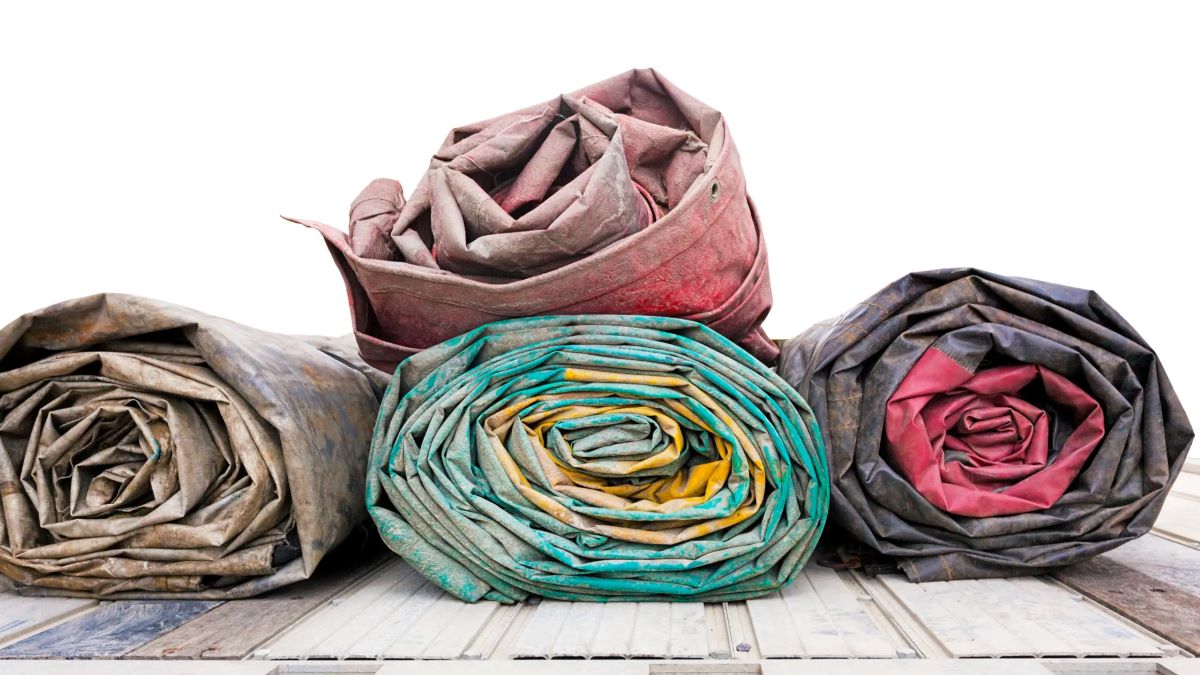
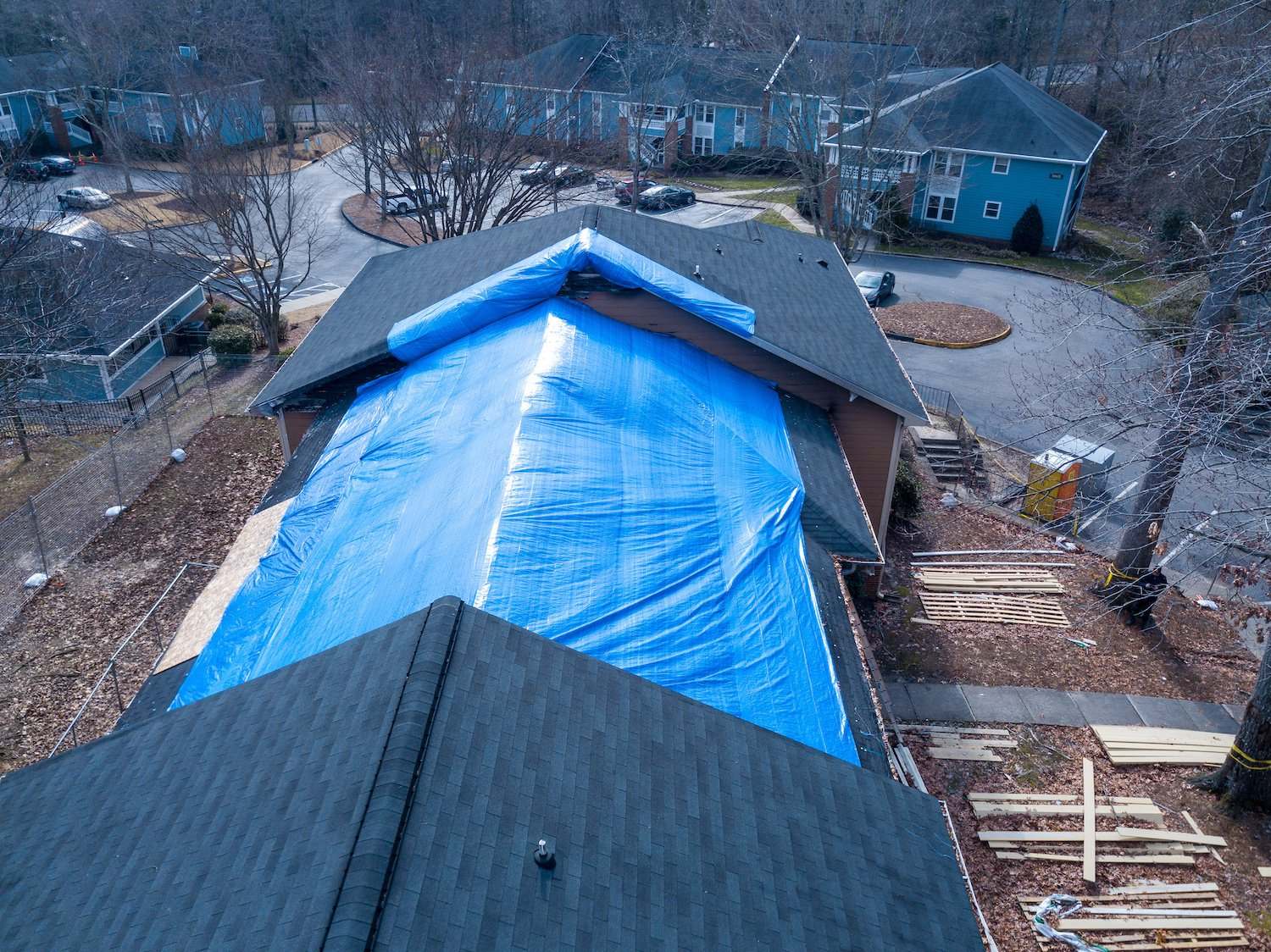
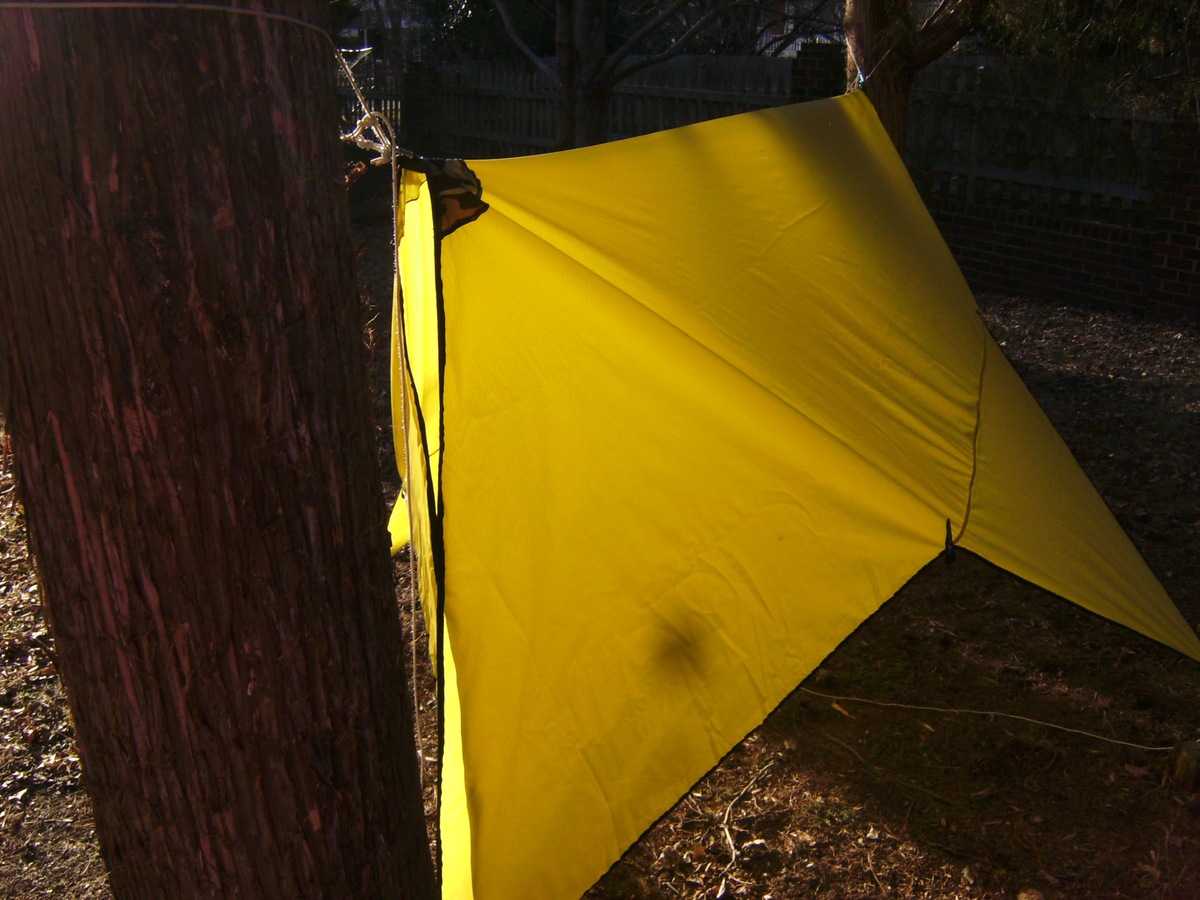
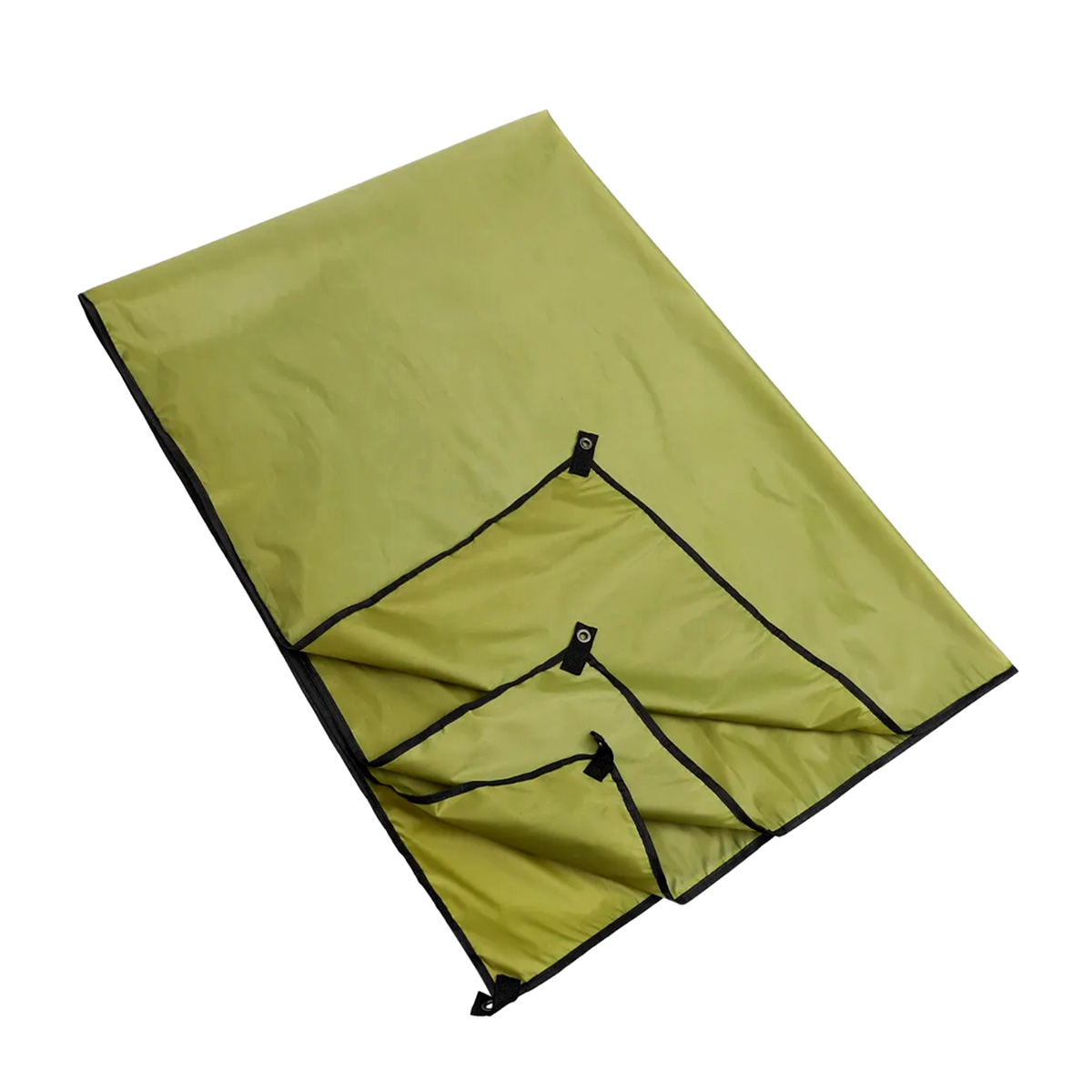
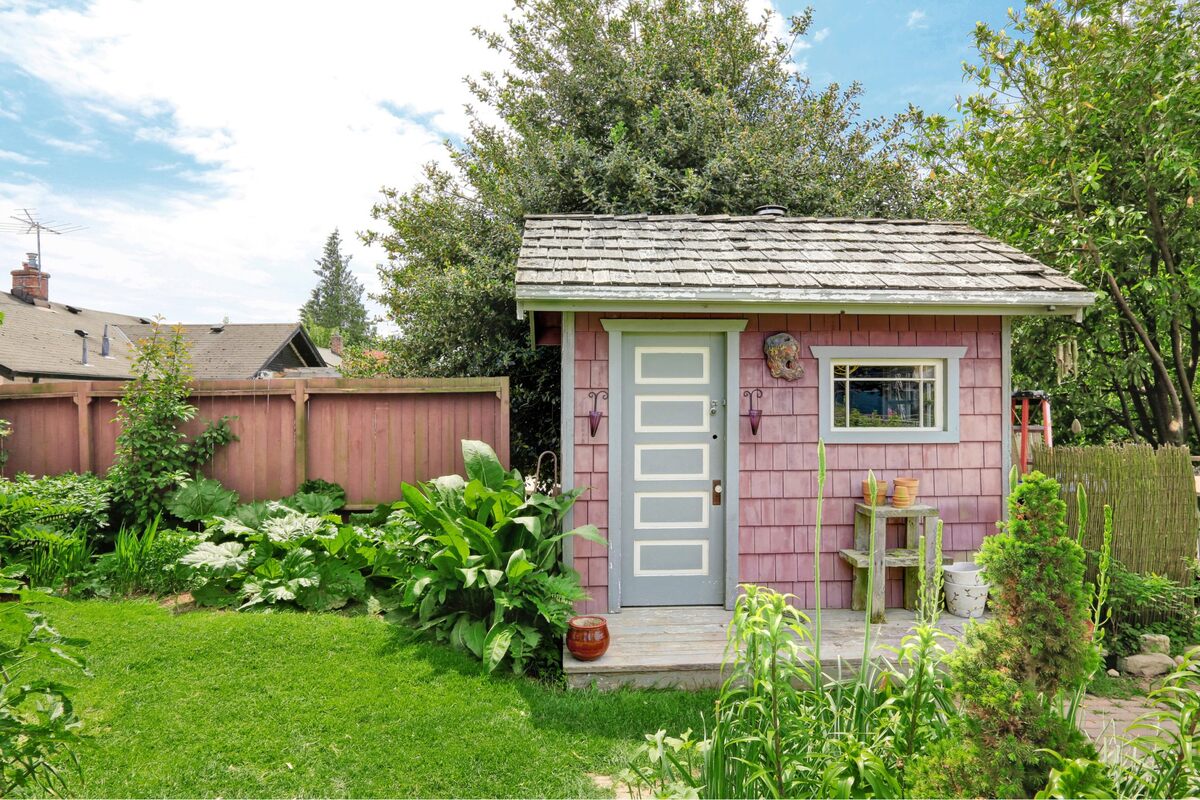
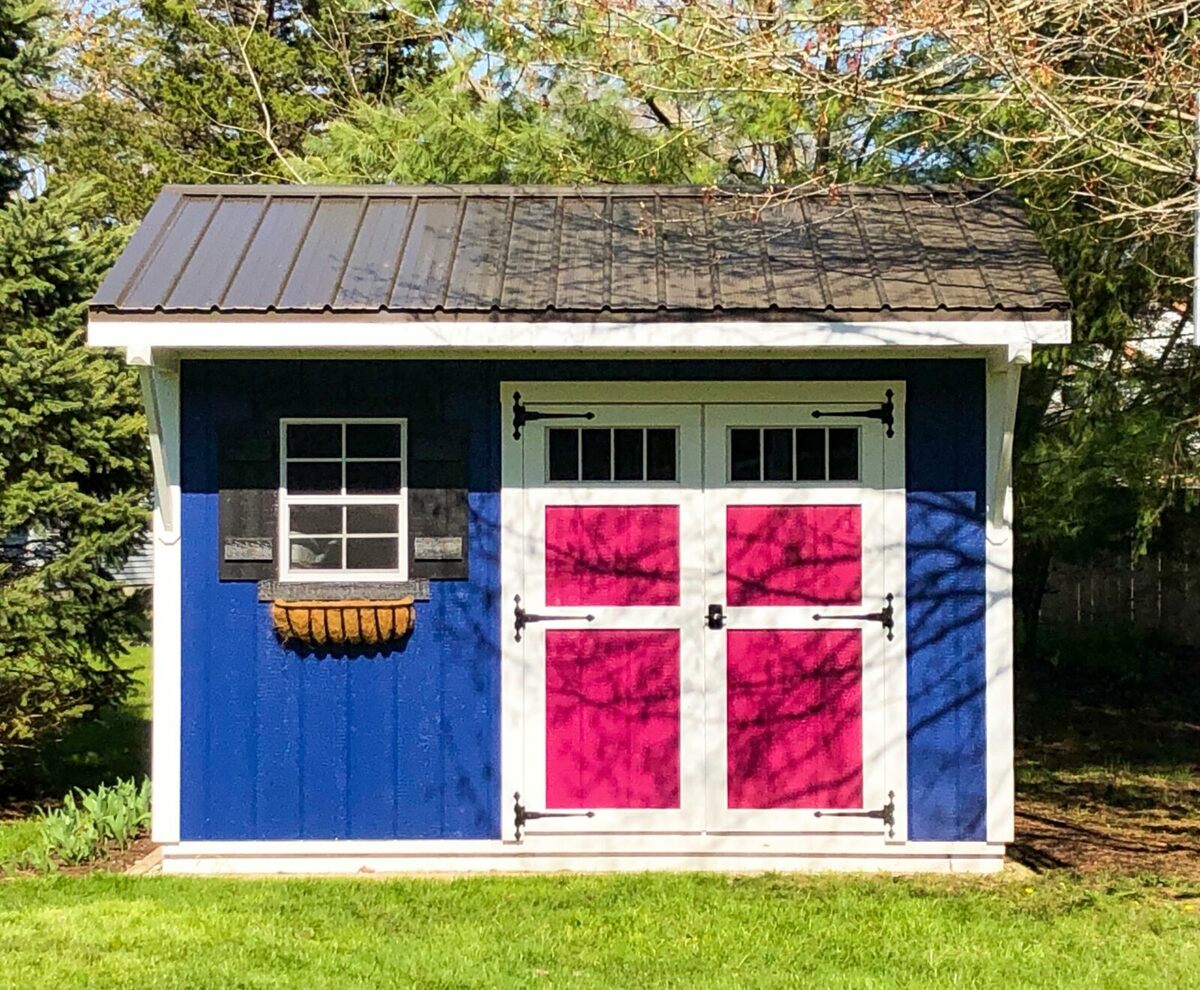
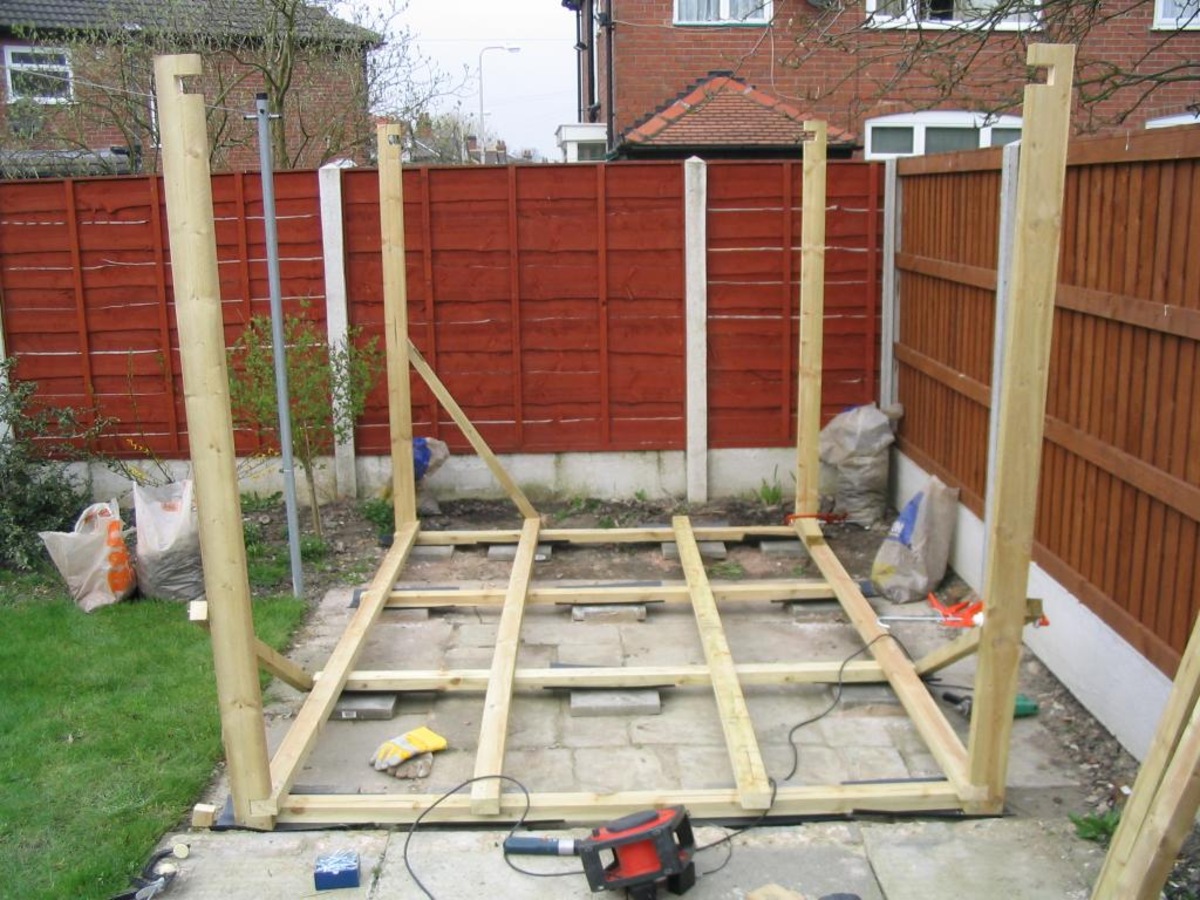
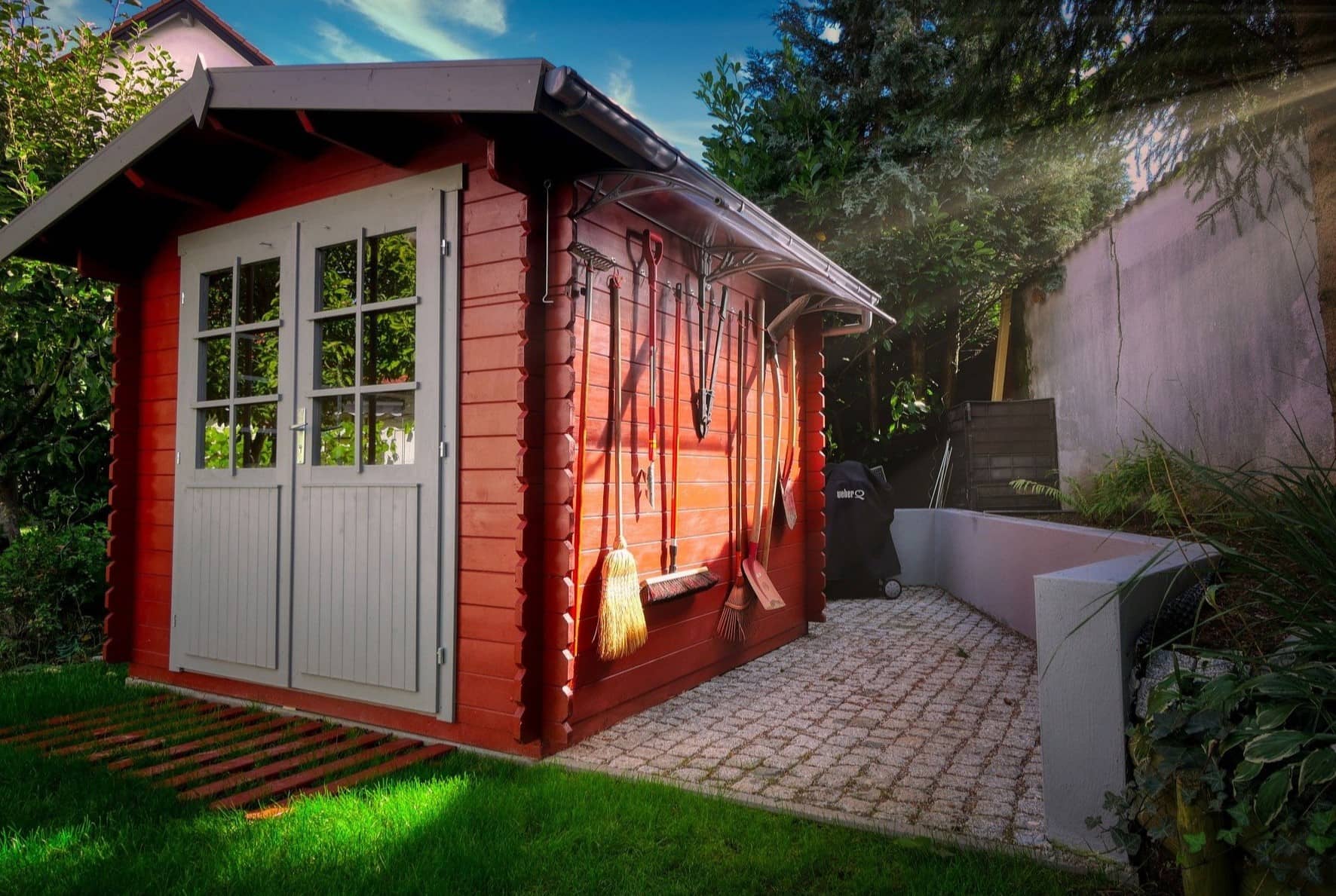
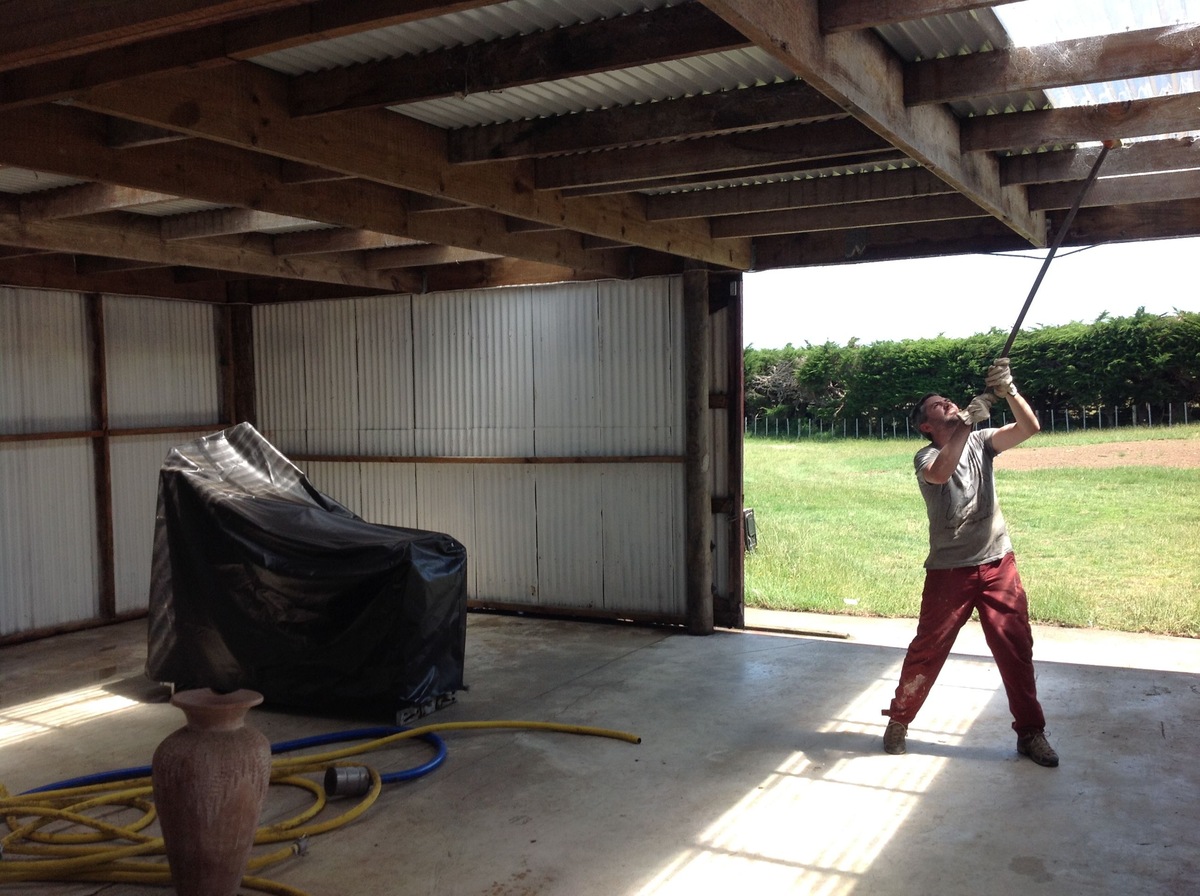
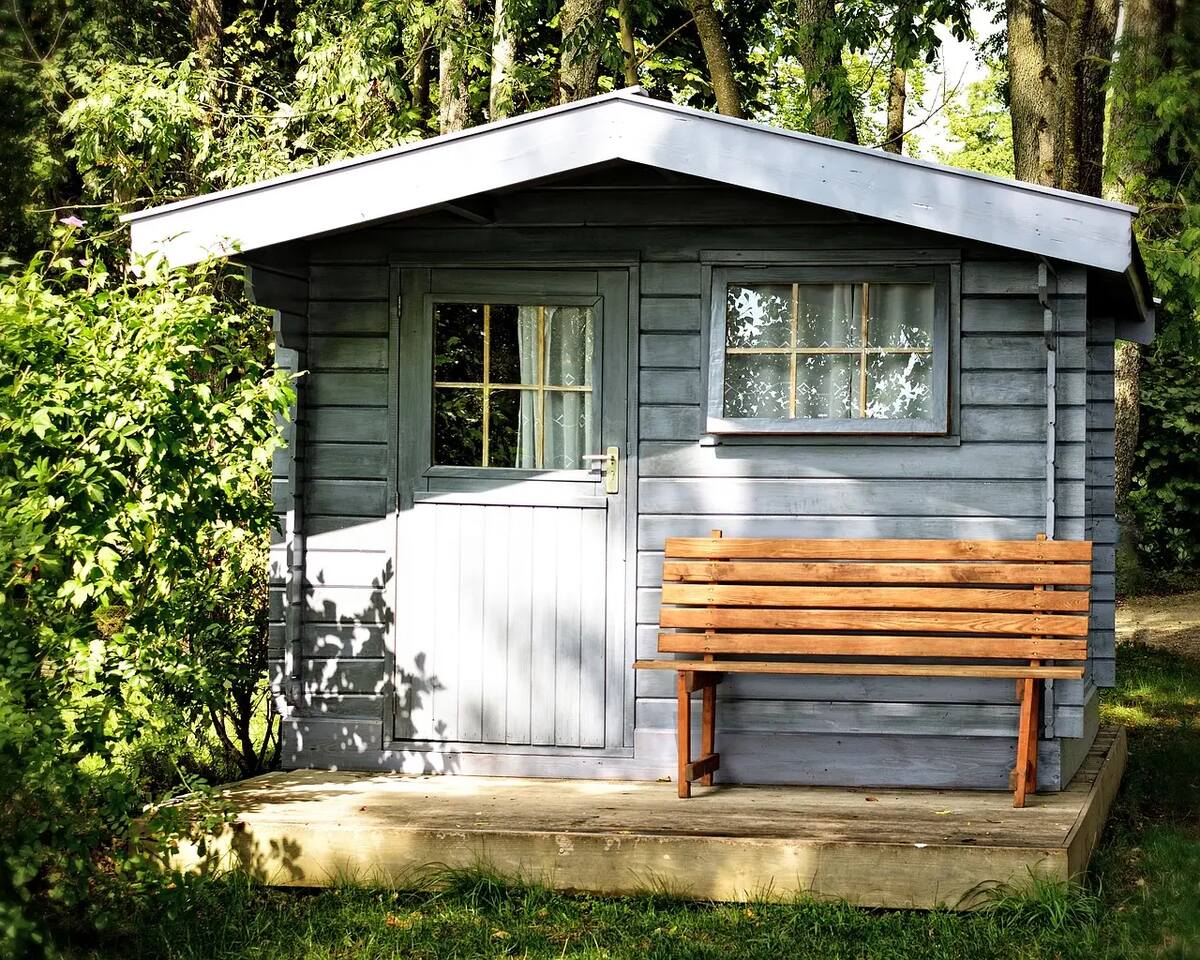
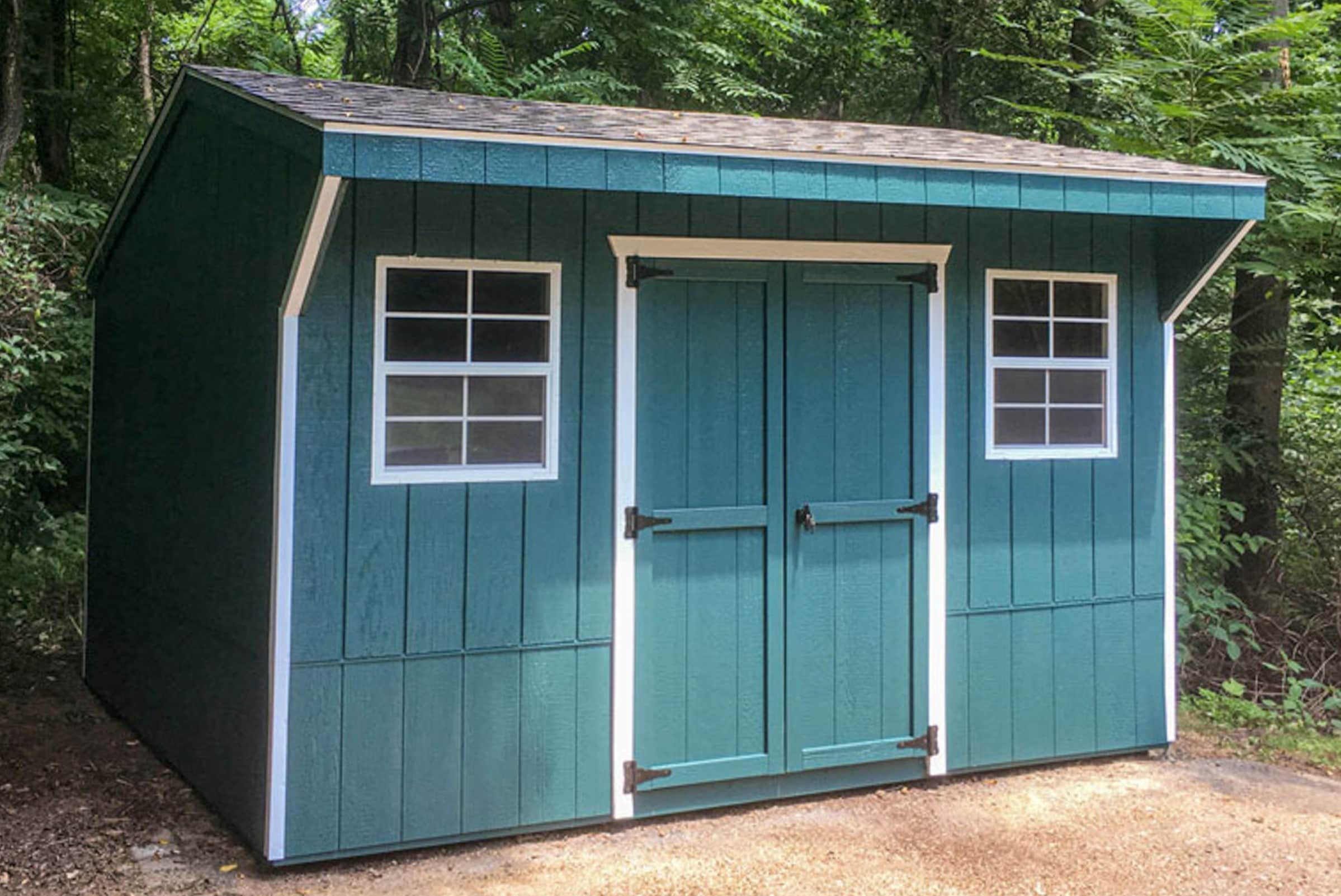
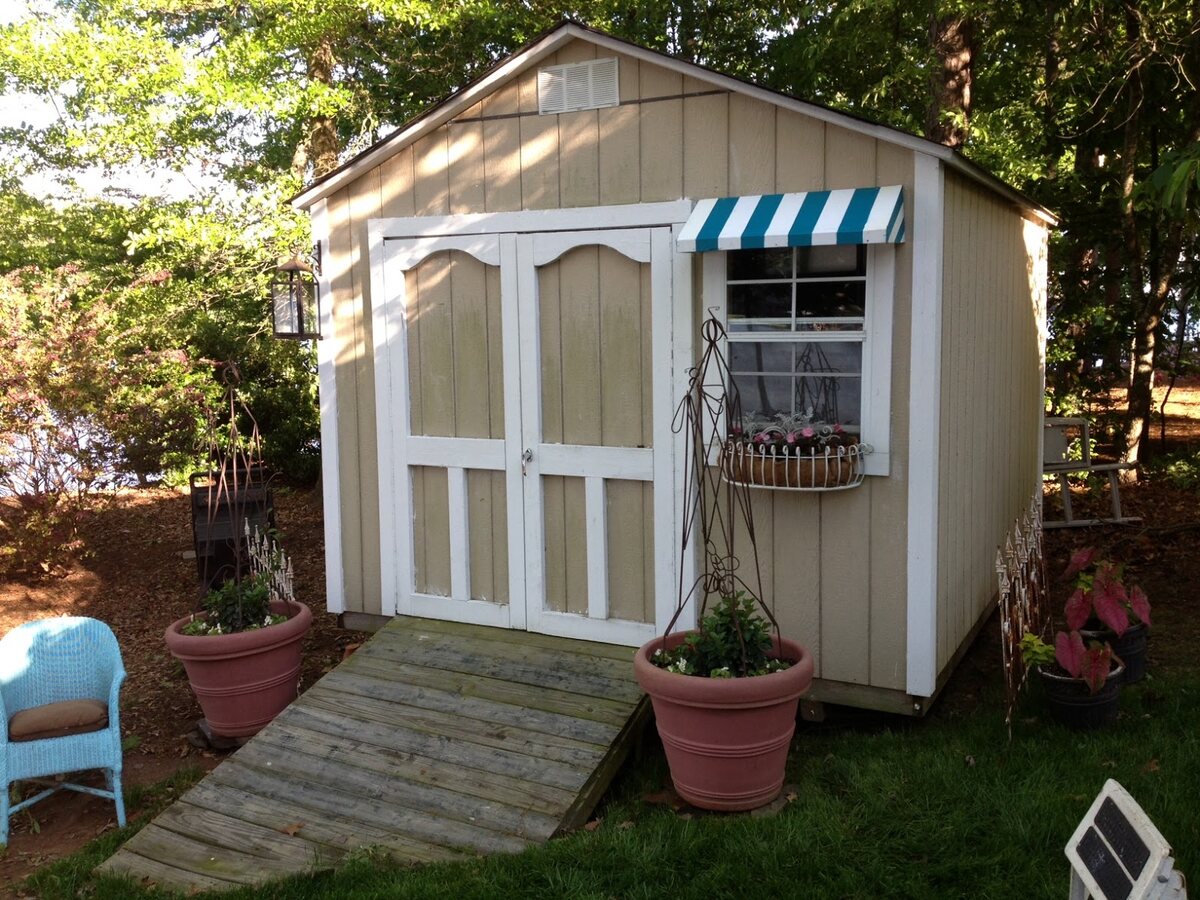
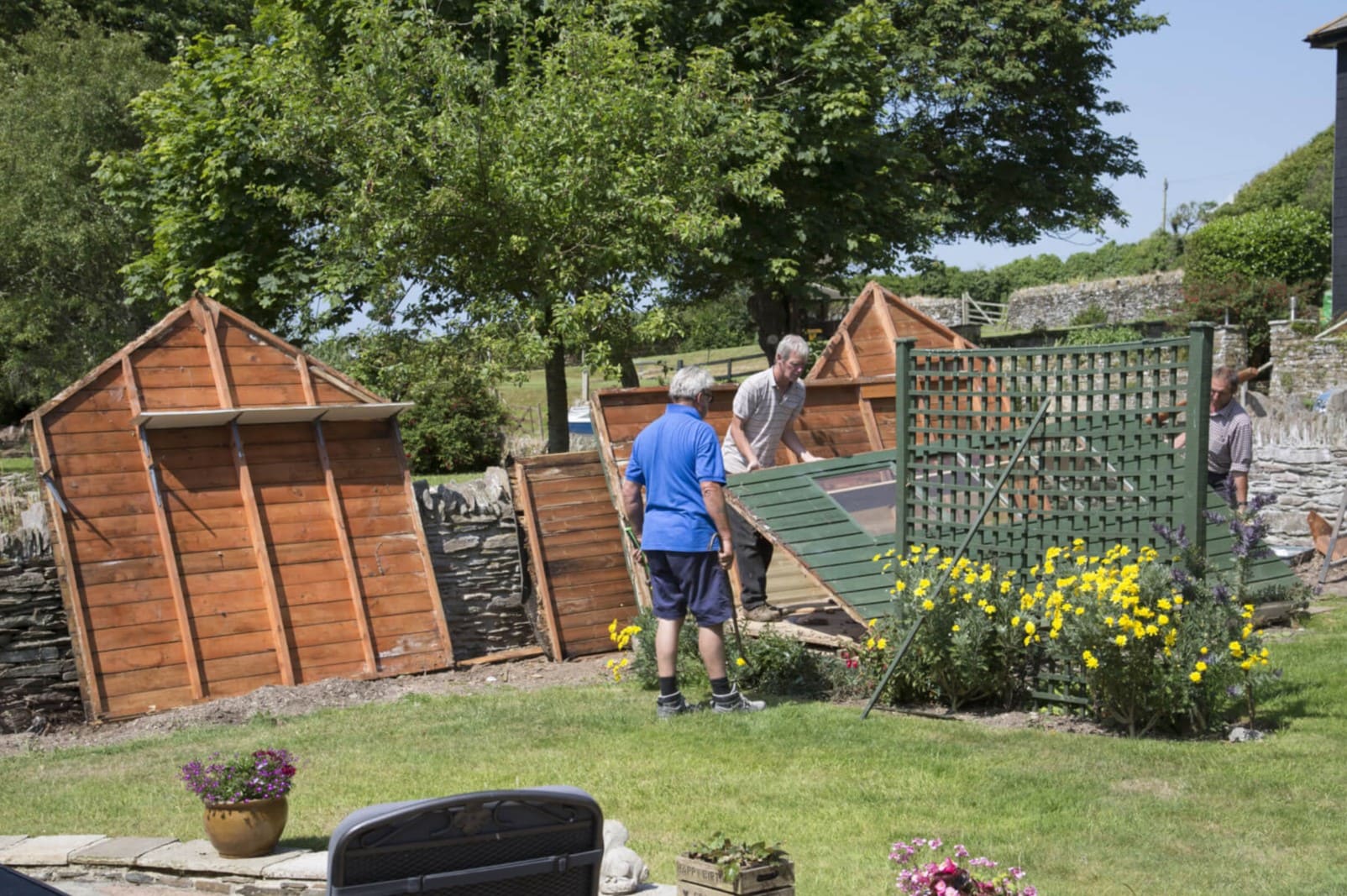
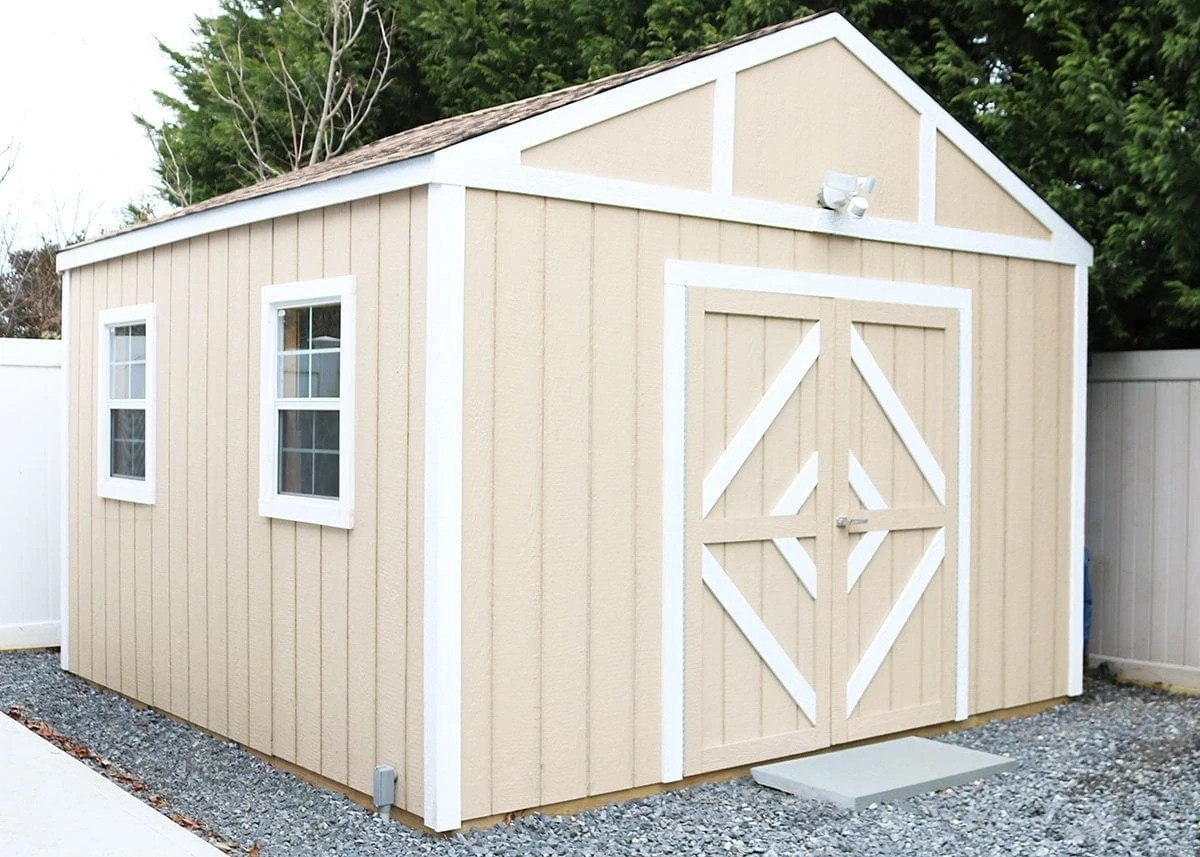

0 thoughts on “How To Cover A Shed With A Tarp”